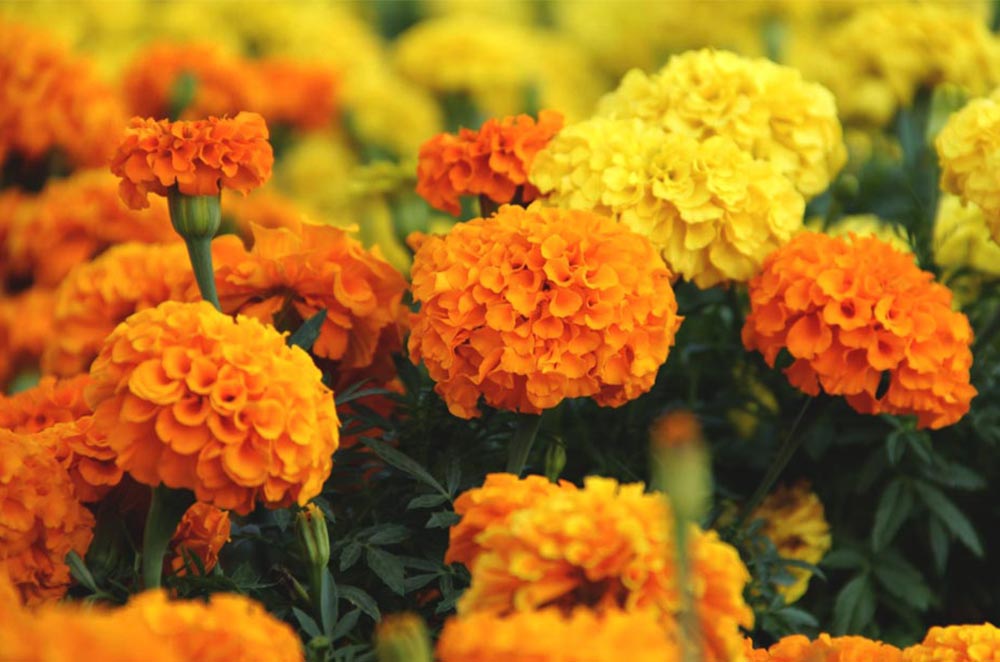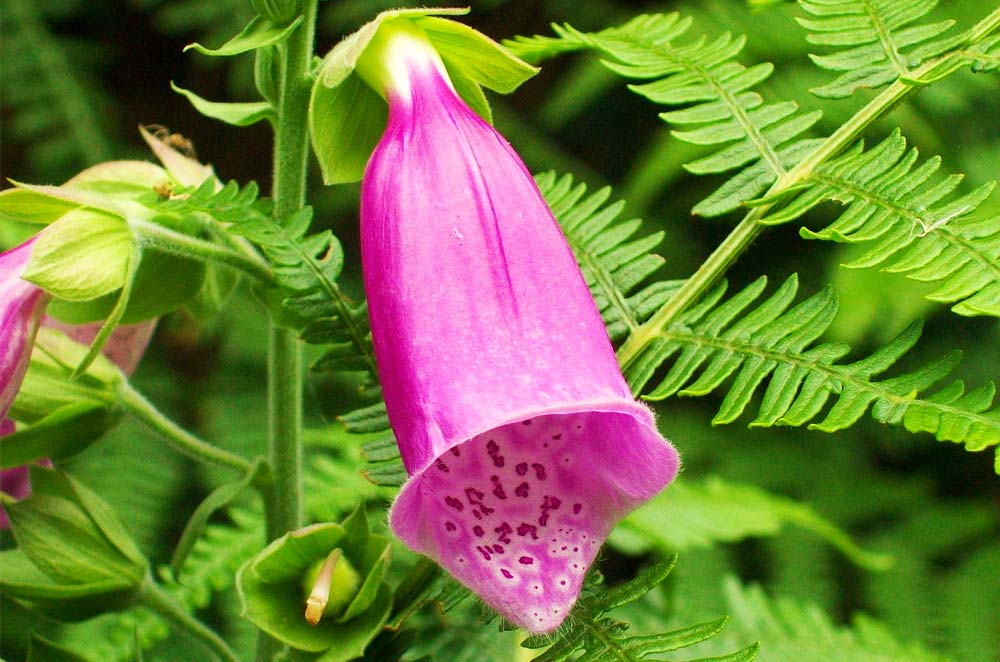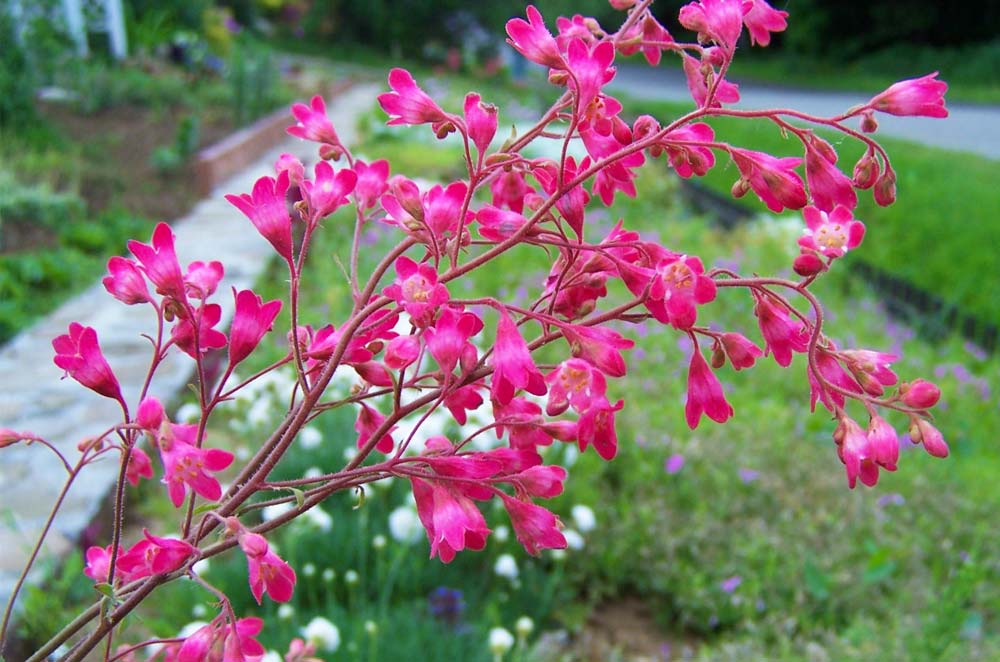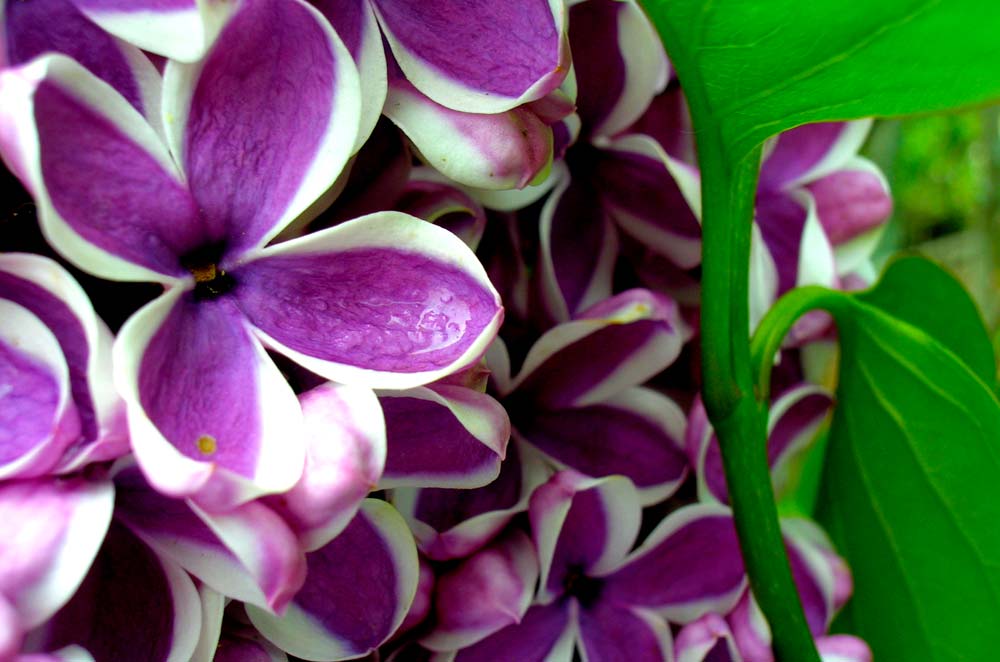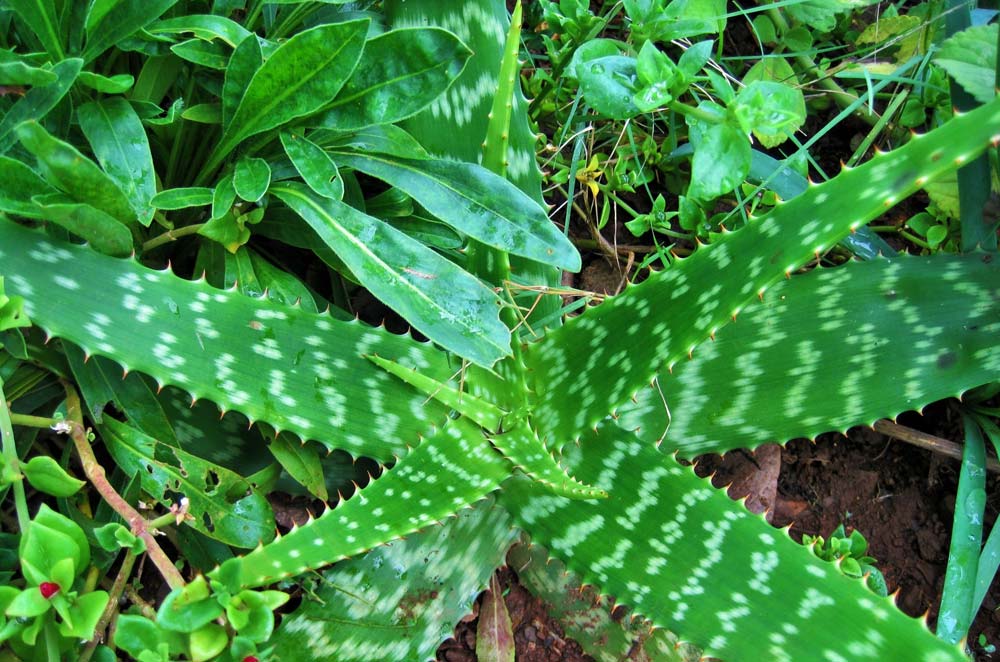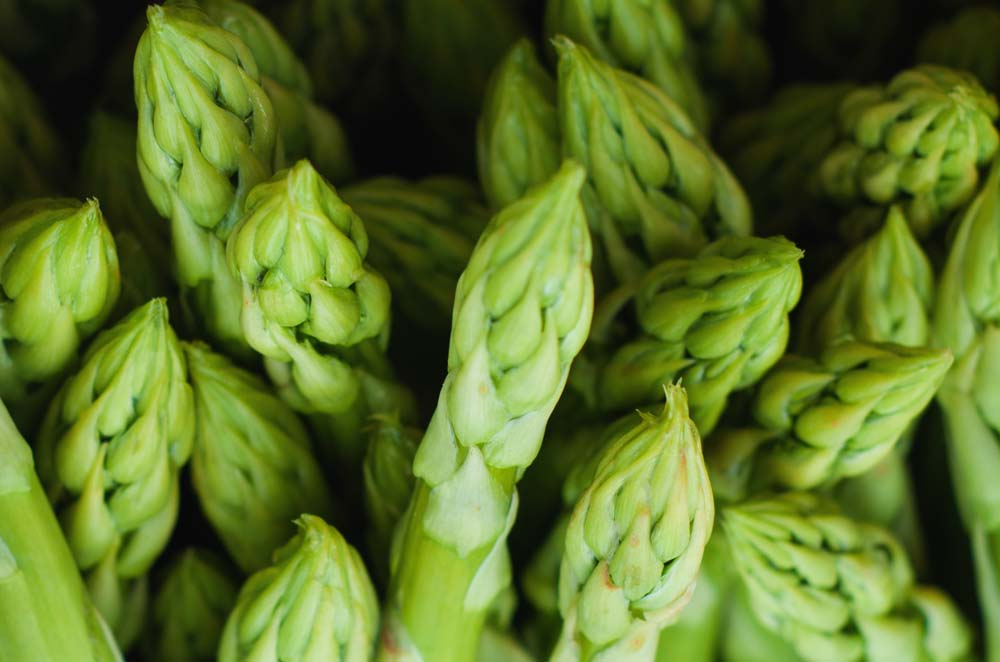Are you new to gardening or landscaping? Are you having trouble identifying what the differences are between an annual and a succulent? Well, fret not! We are here to help green your thumb by explaining the underlying basics of the various plant groups.
Annuals
Given their name, annuals are plants that complete their entire life cycle throughout the course of one season. Traditionally used by landscapers to add a seasonal flare to flowerbeds, planters, containers or the sides of homes, these prolific bloomers tend to die shortly after flowering. Examples of annuals include marigold, begonia, petunia and nasturtium.
Biennials
Less common than annuals or perennials are biennials. Biennials live for two years, producing foliage their first year and flowers their second. Flowering biennials include hollyhocks, foxglove and Canterbury bells, although most biennials are actually vegetables as opposed to flowering plants. Some popular examples of biennials include carrot, cauliflower, beet, Brussel sprout, onion, rutabaga, parsnip, leeks, collards, celery, cabbage and many other herbs and vegetables. Biennials will produce food their first year but don’t complete their growing cycle and drop seed until the second season.
Perennials
Technically defined as a plant that lives for more than two years, perennials provide variety alongside vibrantly colored annuals. Perennials remain in the ground year around. While they do die down each fall, their foliage and flowers return each growing season. Among the most popular perennials we see in Oregon are echinacea, salvia, rudbeckia, hostas, hellebore, anenome and dahlias.
Bulbs
If you are new to gardening, bulbs may be a great way to start. That’s because bulbs are some of the easiest plants to grow! Bulbs are great for providing bright, vibrant color – and they hardly require any effort. As bulbs self-propagate, they will spread quickly throughout whatever bed they are placed in. Tulips and daffodils are arguably the two most popular bulbs, though there are hundreds of colorful bulbs to choose from for your garden.
Evergreens
Evergreens are defined as plants that retain their leaves year-round. They are great for adding color to a winter garden! Mostly thought of as trees, such as pine, spruce, cedar and fir, evergreens actually come in a range of different plant types. Magnolia, hollies and eucalyptus are considered evergreens. Blooming shrubs like laurels, azaleas, camellias, rhododendrons and gardenias are also considered evergreens since they retain their leaves year-round dependent on their planting zone. Evergreen plants are commonly used in landscape designs and make for great foundational plants.
Deciduous
Deciduous plants act opposite to evergreen plants, whereas evergreen plants retain their leaves year-round, deciduous trees and shrubs will shed them each and every year. Deciduous trees are the ones to thank for the leaves on the ground every fall, as they shed to prepare for a dormant winter season. They will then grow a new canopy of leaves in spring.
Vines
Vines are the acrobats of the gardening world! Vines are climbing plants that allow you to take your garden to new heights – no pun intended. Great along walls, fences and/or archways, vines can certainly add an extra dynamic to your garden. Most vines are perennials, coming back year after year to cover their supporting structure(s) with blooms, fruit and leaves. Not all vines are perennials; some vines are actually annuals such as the case of nasturtium or morning glory.
Groundcovers
If your yard is steep and impossible to plant in or if you are having trouble finding something to cover those bare patches of your yard under a tree, look no further – groundcover plants are your answer! Groundcovers are often a solution to landscaping woes many gardeners face. These plants are incredibly low growers, meaning they will never reach any surmountable height. After being planted, they will creep along the ground quickly in order to form a dense mat that’s resistant to weeds. Groundcovers are great for your garden, and they usually produce beautiful flowers as well.
Aquatic Plants
Do you have a pond, fountain, water garden or lake in your landscape? If you do, it could be fun to experiment with aquatic plants. Not only will they make your body of water look incredible, they will also help to purify and oxygenate the water in which they grow, making them great for fish! Aquatic plants can range from being completely submerged to floating on the water’s surface.
Shrubs
Compact, dense and incredibly popular, shrubs are made of both evergreen and deciduous plants. Popular shrubs include barberry, azaleas, lilacs and viburnum. Their small stature makes shrubs the perfect choice for foundational planting around your home, garden or workplace. Shrubs also add a great deal of color, making them great for container gardening techniques. It’s important to trim shrubs after they have finished flowering for the season.
Grasses, Rushes & Sedges
Grasses, rushes and sedges are loosely referred to as ornamental grasses, however they each belong to a different plant family entirely. Each family has varying sun and moisture requirements, making them entirely different to deal with as a gardener or landscape designer. The easiest way to differentiate between the three is by observing the shape of the stems. Grass stems will be round or hollow, rush stems are usually round or flat and sedge stems are triangular. Most grasses are going to prefer full-sun locations with well-drained soil. Sedges are best for dank, shady areas. Rushes prefer the dampest of all three plant types, typically found growing by a body of water’s edge.
Cacti & Succulents
Succulents can store water in their leaves, stems and roots to thrive in even the world’s most inhospitable climates. Great for desert landscapes and the increasingly popular xeriscaping technique, these water-saving plants are not only good looking, but great for the planet. Their habitat requirements are loose sandy soil, infrequent rain and year-round warm to hot temperatures.
Tropicals
The Tropics are home to some of the world’s most incredible plants due to their warm climate and heavy rains throughout the year. Given their distinct look, many landscape designers and gardeners alike have begun to incorporate them into the gardens they work on. Just look at all the Palm Trees we have been selling from our Glenwood Corner Store Nursery! Unfortunately for us gardeners that love tropical plants in Oregon, most tropical plants are no longer hardy past Zone 8.

